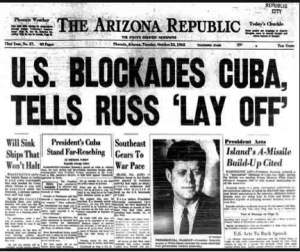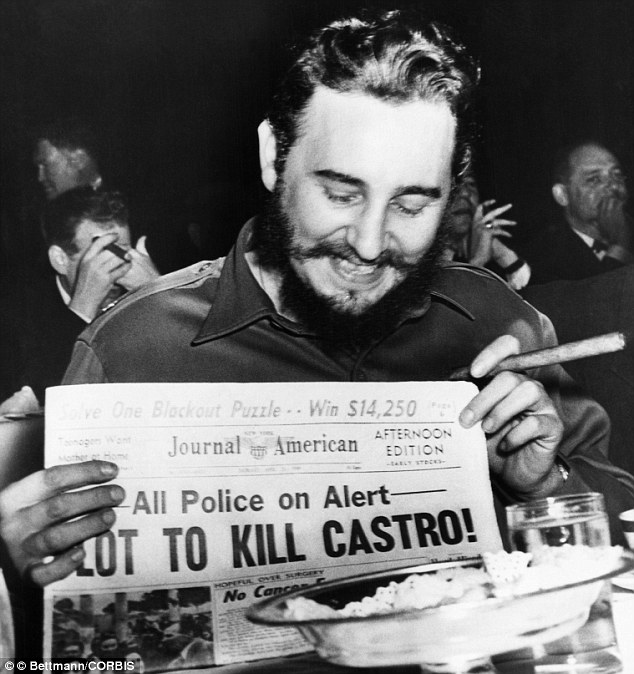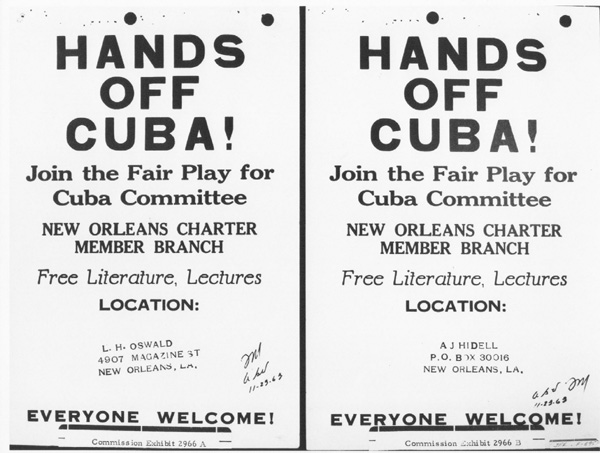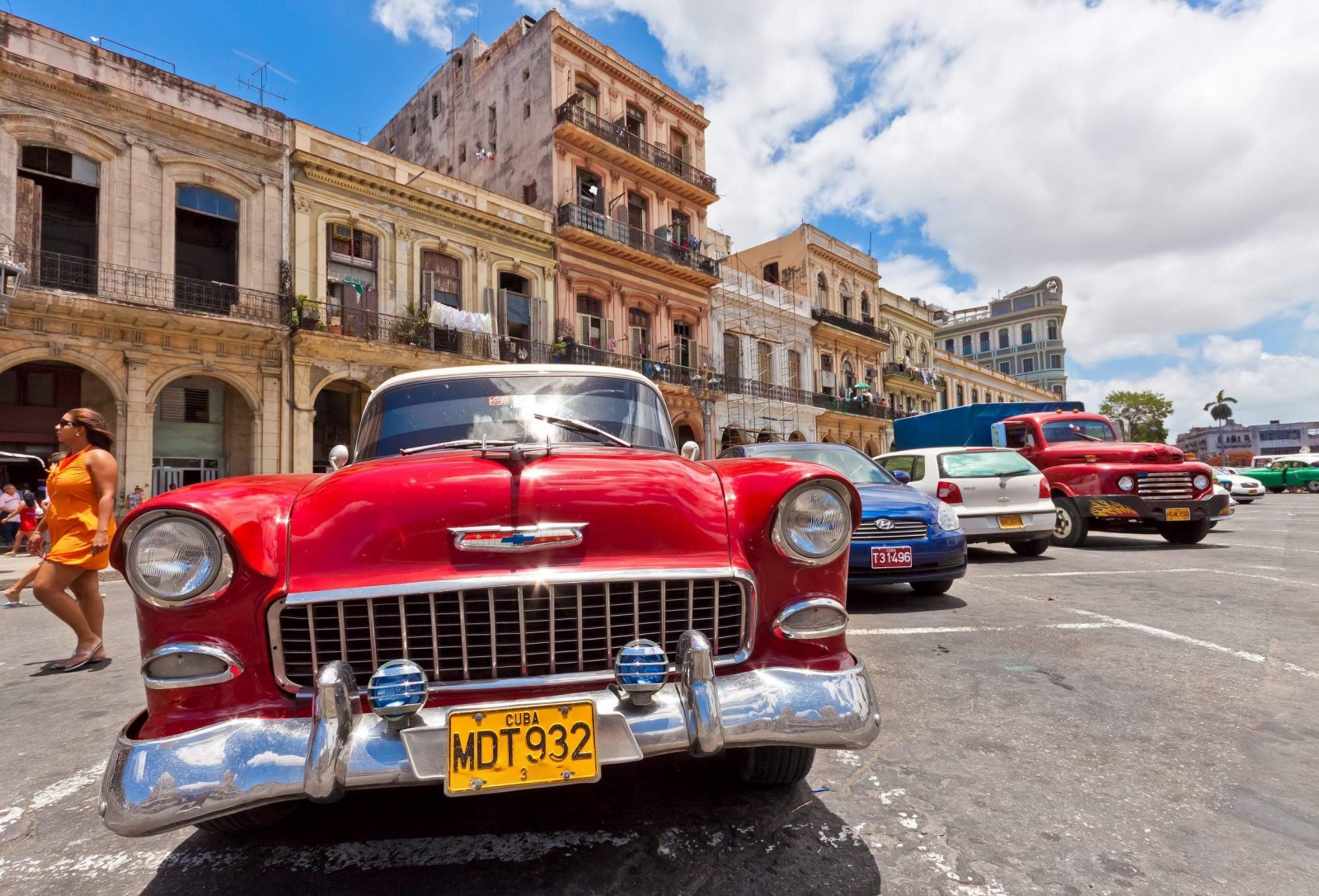By Steve Miller
Yesterday, the United States opened an embassy in Cuba for the first time since 1961. For some, it was an event that brought about a warm fuzzy feeling of friendship for many. However, even an untrained observer could detect a chill surrounding each diplomatically chosen word and carefully choreographed action at the embassy’s opening ceremony.
To me, this whole thing is reminiscent of a couple of 5th graders, standing in the principal’s office after a fisticuffs on the playground, and forced to shake hands and make up. They do, but it’s reluctant and without ceremony. It’s the epitome of hypocrisy that the United States can broker peace deals in the Middle East when and at the same time support continued animosity with one of their closest neighbors.
 The icy winds blowing across the Caribbean aren’t just coming from one direction. While the US made it known that they want to see democratic reforms and human rights improvements before they join any group hugs with the Cubans, Raul Castro stepped on his dick by making a statement that the United States owed Cuba millions of dollars for the damage that the American-imposed embargo caused to the Cuban economy. An opportunity to gain favor with the most powerful economic influence in the world was just flushed down the toilet.
The icy winds blowing across the Caribbean aren’t just coming from one direction. While the US made it known that they want to see democratic reforms and human rights improvements before they join any group hugs with the Cubans, Raul Castro stepped on his dick by making a statement that the United States owed Cuba millions of dollars for the damage that the American-imposed embargo caused to the Cuban economy. An opportunity to gain favor with the most powerful economic influence in the world was just flushed down the toilet.
While it’s true that the US embargo did damage Cuba’s economy, well, that was the intent of the embargo. And if you want to discuss who owes who money, anything we might owe Cuba for intentionally damaging their economy would be offset by the cost of caring for the 125,000 refugees, from the 1980 Mariel Boat lift. While US President Jimmy Carter welcomed the refugees with open arms, Castro was laughing his ass of. It turns out that Fidel emptied his prisons and mental institutions as the US welcomed the refugees ashore. We’re still paying for that mistake.
Neither side is blameless for the lack of détente between the US and Cuba. In 1897, when it was still under Spanish rule, President William McKinley offered to buy Cuba for $300 million. The rejection letter from Spain included the sinking of the USS Maine in Havana harbor and the start of the Spanish-American war. After the war, instead of just annexing Cuba, the U.S.-owned “Island of Cuba Real Estate Company” opened for business to sell Cuban land to Americans. In wasn’t until 1902 the US military rule was halted and Cuba was granted independence – almost.
Military presence remained for three more years because of riots and rebellion. The fact that the US owned the majority of the Cuban sugar plantations and exported practically all of it to the United States, at prices that the US wanted to pay, upset a lot of Cubans. Cubans of African descent, primarily workers in the cane fields, repeatedly rebelled against discrimination. The US military repeatedly put down those rebellions. As late as 1933, Franklin D. Roosevelt sent a whole flotilla of warships to Cuba, backed up by Marines and bombers, to quell the uprising.
That same year, the US refused to recognize the government of Dr. Ramon Grau, who had assumed the Presidency, because it was perceived to be “communistic” and “irresponsible. Sound familiar?
Along comes General Fulgencio Batista, who was elected president in the 1940s and served as military dictator in the 1950s. He was a sweetheart of the United States S until his overthrow in the 1959 Cuban revolution that put Castro in the driver’s seat. Batista was very friendly to US businesses, including Havana’s casinos which made Havana a popular vacation destination for Americans – including the mob. When Batista left the island in exile, he took along $300 million in Cuban government money. I guess he considered that back pay for all of the years he spent as dictator.
Fidel Castro was no friend of American businesses in Cuba. In fact, he nationalized them. This caused the Eisenhower administration to start imposing trade restrictions. Unable to procure necessary goods and services on the US market, Cuba turned to the Soviet Union for anything it needed. Nikita Khrushchev was more than glad to help the struggling Socialist nation. After all, it gave him a prime spot to plant nuclear missiles close to the US mainland that could strike with almost no warning – just like the ones that the US had in Turkey, pointed toward Moscow. We all know how that turned out.
Ronald Regan tightened the screws even more, strengthening the embargo. George W. Bush found a way to tighten them down a few more turns. During all of the political maneuvers, it was the Cuban people who suffered. They suffered to the degree that they were willing to travel by homemade raft through shark infested waters to get to the United States.
 Even the naval base at Guantanamo Bay, which was leased by the United States from Cuba as a coaling station for navy ships, exists to this day – even though the Cuban government has refused to ever accept a dime in lease payments. Now it’s used as a prison for suspected terrorists. Being conveniently offshore, it allows the CIA to deploy torturous interrogation methods that would be illegal in the United States. Ironic that one of the problems that we have with the Cuban government is their human rights violations.
Even the naval base at Guantanamo Bay, which was leased by the United States from Cuba as a coaling station for navy ships, exists to this day – even though the Cuban government has refused to ever accept a dime in lease payments. Now it’s used as a prison for suspected terrorists. Being conveniently offshore, it allows the CIA to deploy torturous interrogation methods that would be illegal in the United States. Ironic that one of the problems that we have with the Cuban government is their human rights violations.
Several theories have Cuba orchestrating the assassination of John F. Kennedy. After all, Lee Harvey Oswald was a member of the Fair Play for Cuba organization. And there were several documented attempts by the CIA to assassinate Fidel Castro, one of them by poisoning.
 The bottom line is that both sides of the argument have complicity in this continuing ruckus. Nobody seems willing to back down, at least not all the way. What this amounts to is a failure of leadership.
The bottom line is that both sides of the argument have complicity in this continuing ruckus. Nobody seems willing to back down, at least not all the way. What this amounts to is a failure of leadership.
While the top dogs trade their favorite brand of political and social ideology, the people of Cuba suffer. American citizens, who have relatives and ties to Cuba, suffer. The whole situation cries out for adult supervision. With any luck, we’ve seen the beginning of the end of the pissing contest.
 So who are the heroes through all of this? The Cuban people. Both the ones who risked their lives to come to the United States, and the ones who stuck it out in Cuba and persevered. I don’t think any native-born American can truly understand what it’s like to live with that kind of repression.
So who are the heroes through all of this? The Cuban people. Both the ones who risked their lives to come to the United States, and the ones who stuck it out in Cuba and persevered. I don’t think any native-born American can truly understand what it’s like to live with that kind of repression.
Oh, and before I forget I have to mention the cars of Cuba. They’re all from the 1960s and earlier. Since the embargo kept new cars from coming into the island, the old ones had to be kept running. Their siblings in America are long since rusting in junk yards. The embargo kept out repair parts too, but somehow, the ingenuity of the Cuban mechanics have kept these beasts on the road. In many cases, they’re even looking good.
Once the smoke clears and the Cuban economy recovers, I am considering opening an Auto Zone franchise in Havana.